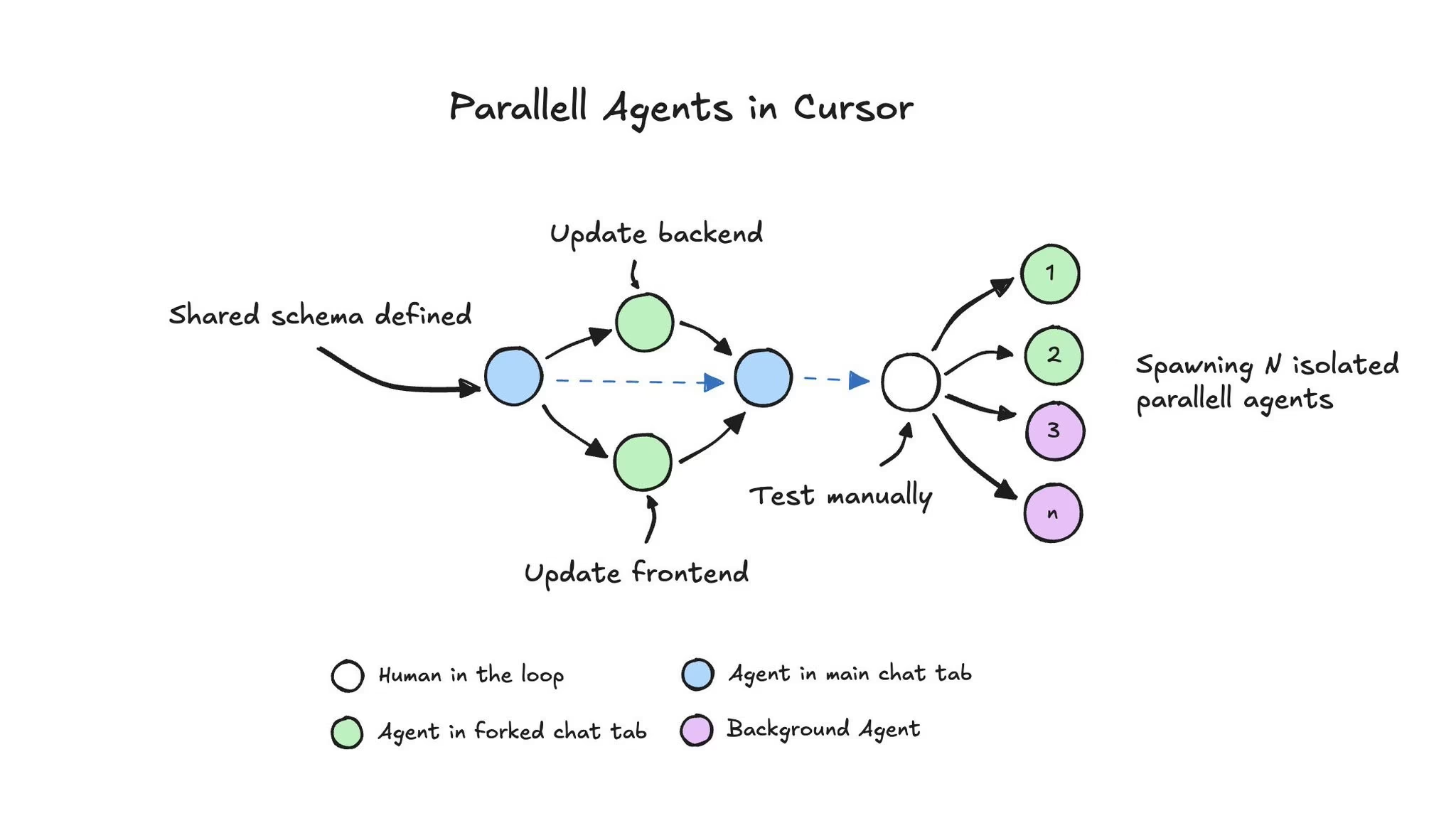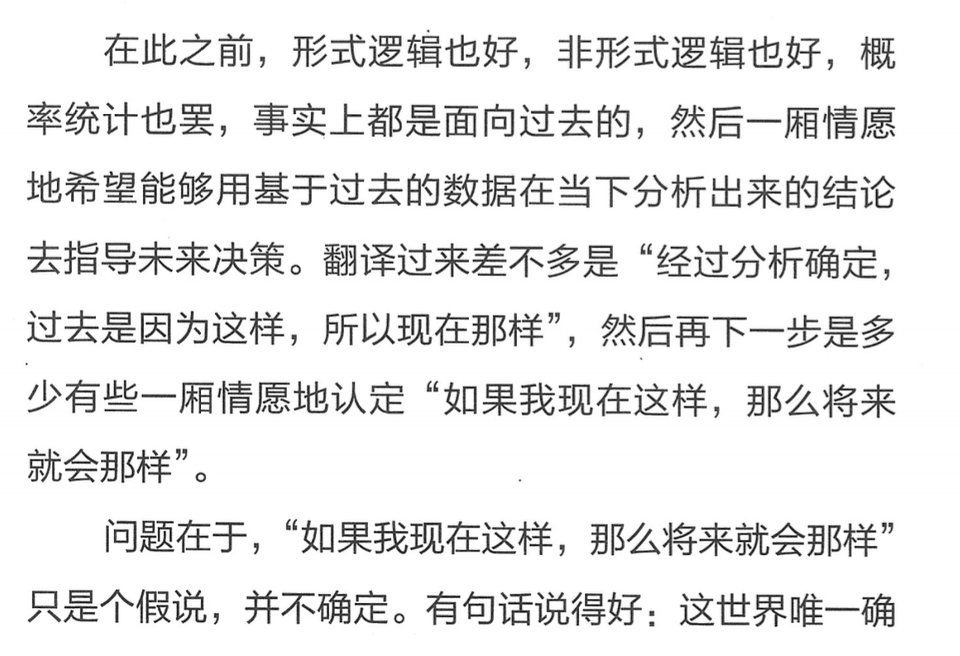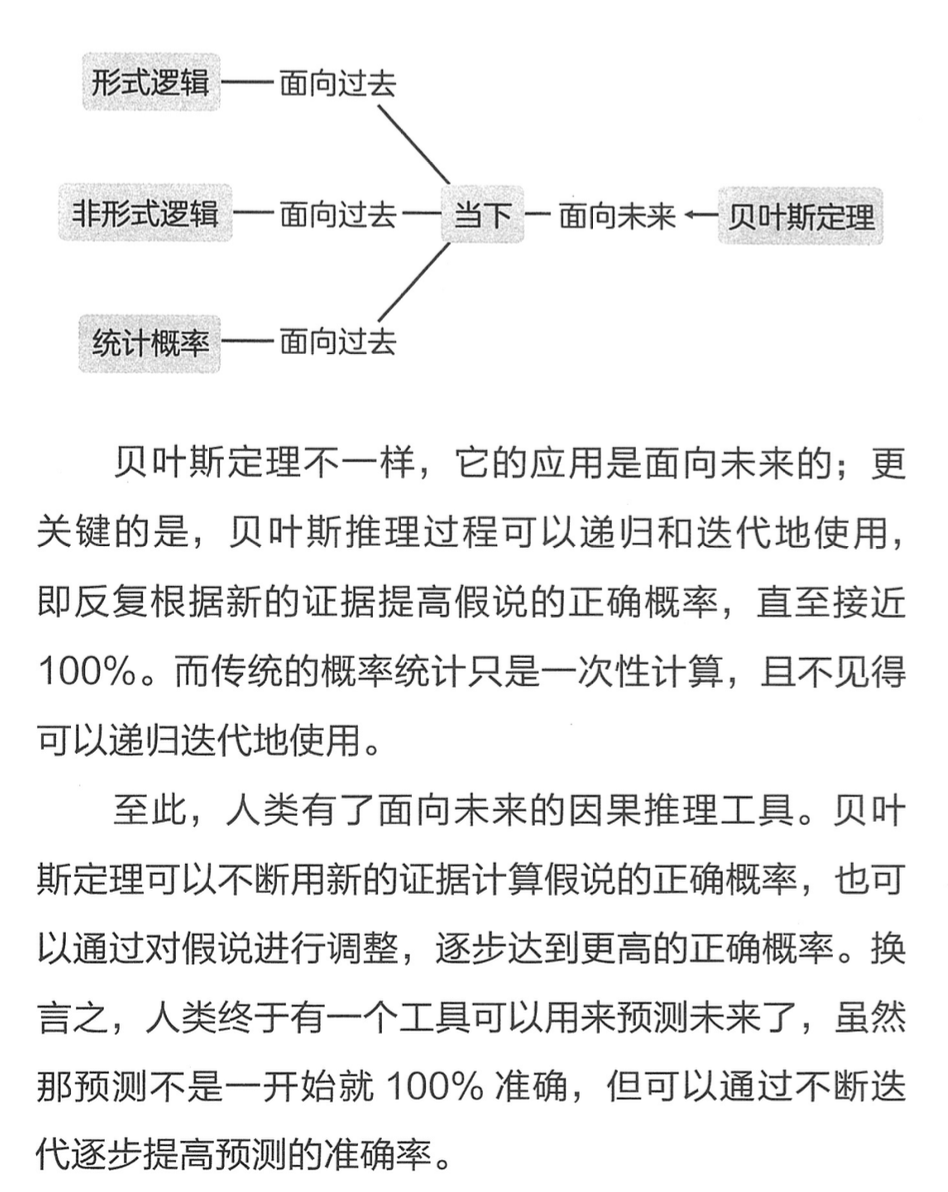06-30-Daily AI News Daily
AI Insights Daily 2025/6/30
AI Daily Digest🤖 |Daily 8 AM Updates⏰ |Aggregated Web Data📊 |Cutting-Edge Science Exploration🔬 |Industry Voices🗣️ |Open Source Innovation✨ |AI & Humanity's Future🚀 | Access Web Version
AI Content Summary
CMU and others introduce HoPE to enhance VLM long-video understanding; Renmin University and others optimize multimodal models with MokA.
Open-source projects include generative AI tutorials and AI tool libraries. Gary Marcus questions whether pure LLMs can achieve AGI.
AI significantly lowers startup barriers, prompts changes in investment thinking, and encourages embracing collaboration to seize opportunities.Cutting-Edge AI Research
HoPE (Hybrid of Position Embedding) is a game-changing new technique! Introduced by the CMU and Xiaohongshu teams, HoPE tackles the “struggle” 🤔 of existing
Multimodal RoPEwhen handlinglong-context semantic modeling. This clever approach brings inzero-frequency temporal modelinganddynamic scalingstrategies, basically fittingVisual Language Models (VLMs)with “marathon running shoes” 👟! It massively boosts theirlength generalizationcapabilities forlong video understandingandretrievaltasks, pushing them straight to peak performance 🔥. So cool! Paper ProjectMokA (Multimodal low-rank Adaptation) is a stunning new breakthrough! Brought to us by the Renmin University of China and Shanghai AI Lab teams, MokA addresses a common headache in fine-tuning
Multimodal Large Language Models (MLLMs): the tricky balance betweensingle-modality independent modelingandinter-modal interaction. MokA acts like a master balancer ⚖️, cleverly combiningmodality-specific A matrices,cross-modal attention mechanisms, andshared B matrices. This completely solves the problem, makingmultimodal taskperformance skyrocket 🚀! Amazing! Paper More Details
Top Open-Source Projects
The “generative-ai-for-beginners” project (boasting 86,547 stars) has dropped 21 lessons specifically designed for rookies! It’s a hands-on guide to mastering
generative AIbuilding skills. Wanna become an AI wizard 🧙♂️? Go check it out! ProjectThe “system-prompts-and-models-of-ai-tools” project (racking up 62,777 stars) is seriously a treasure trove 💎! It gathers
system prompts,tools, andAI modelsfrom hotAI toolsand agents like Cursor and Devin. This project gives you a one-stop, comprehensive reference to help you master AI tools 🛠️. ProjectThe “storm” project (already sitting at 24,892 stars) is super impressive ⛈️! This
LLM-driven knowledge management systemacts like a mini-researcher, autonomously digging into specific topics and then generating full reports withcitations. It’s a total godsend ✨ for writing papers or doing research! Project
Social Media Buzz
Gary Marcus, the renowned AI scholar, is back at it, stirring the pot 🗣️! Citing papers from
MIT,University of Chicago, andHarvard, he bluntly states thatpure LLMssimply cannot createArtificial General Intelligence (AGI)🤯! Why? Because they suffer from “Potemkin understanding” (fake understanding) andconceptual inconsistency. Basically, AI might crush it on tests, but when it comes to truly understanding and applying concepts, it totally fumbles. Research even shows that whenLLMslikeGPT-4oapply well-defined concepts to real-world tasks likeclassification,generation, orediting, their performance plummets 📉. They even haveconflicting representationsinternally for the same idea. This has grabbed the attention of industry bigwigs likeGoogle DeepMind scientist Prateek Jain, sparking widespread interest and testing! Looks like the road to AGI is still a long one 🛣️ for AI! More Details
Tom Huang has spilled the beans on the efficiency secrets 💡 of
Cursor’s core developers! Want to get more out of Cursor? They’re teaching you how to use “Parallel Agents”! By cleverly combiningTab,Formed Tab, andBackground Agent, you can build a super-efficienttask execution systemthat will boost yourAI collaborationbig time 🚀! Go check out how it works 👋! More Details
Yang Yi has thrown out a thought-provoking idea 🤔: the content creation space is currently in an “attention arbitrage window” 💸! He suggests that some folks are already using
AIto “buildcontent leverage,” hinting that as AI becomes widespread,human-original contentwill become increasingly valuable, even commanding a premium. But what worries him even more is thatAIcould gradually “erodehuman spiritual culture” at extremely low costs — and that’s way scarier 😱 than just a shift in content creation methods! Deep thoughts… 🧠 More DetailsYang Yi believes that in the
AI era, thestartupbarrier has essentially been “slashed” 🤯 by AI! The cost of building anMVP (Minimum Viable Product)has dropped significantly 💰, makingrapid idea validationtotally doable 🚀. His advice for entrepreneurs is: stop overthinking your ideas’ viability! Just useAIto validate anMVPin as little as three days, or even quickly test 30 ideas within three months! This way, you’ll find the truly worthwhile direction 🔥 to pour your heart into much faster! More DetailsAs an
AI investor, Yang Yi shared his “secret weapon” 🤫 for evaluatingAI startups: he doesn’t focus on hard data, but rather onqualitative metrics! He believes there are five key points 🎯 to determine anAI startup’s investment value: the founder’s grand vision for the future (includingPMFandscalability), the team’s unwavering conviction, how muchefficiency AIhas boosted 🚀 within team management, whether theAgenthas a completefeedback loop(this is themethodologyforAI success!), and thescalabilityof themulti-agent framework. He figuresuser retentionand similar data are just “byproducts” that naturally appear over time! What a unique perspective ✨! More DetailsA user has spilled the beans on a “new trick” 🤯 for
coding collaborationwithAI👨💻, and this mode is seriously gaining traction! Instead of rushing to giveAI detailed instructions, you first clearly lay out theproject backgroundandgoals. Then, letAIgenerate ideas based on that info, and you align on thegranularitytogether through discussion. This method cleverly leveragesAI’s efficiency in quickly understanding context, making up for our “brain cell deficiency” 🧠 when doing detailed planning. It massively boostsworkflow efficiency🚀 in acollaborative mode! It’s a total godsend for programmers! More DetailsA user gripes 🤦♂️ that some
investorsare still using outdatedmobile internet metrics🕰️ to evaluateAI projects, and the result is — they can’t find good ones! That’s becausetraditional logic(formal, informal, evenprobability theory) is all about looking back at the past. The author emphasizes thatBayes' Theoremis the true forward-lookingdecision-making method🚀, much better suited for making investment judgments in theAI industry! Time to update that investment “operating system” 💡! More Details

Dash and his colleague bluntly state that the emergence of
AIhas essentially “flattened the playing field” 🏁 for all of humanity! They believe the massive opportunitiesAIbrings even surpass theinternet wave🌊 of 20 years ago, allowing everyone, including entry-level employees, to break free fromresource limitationsand fully leverageAIto learn and create. But they also warn that if programmers remain complacent and don’t push forward, that “starting line” will eventually catch up to them, even leaving them behind! So, actively embracingAIis the way to go 💪!